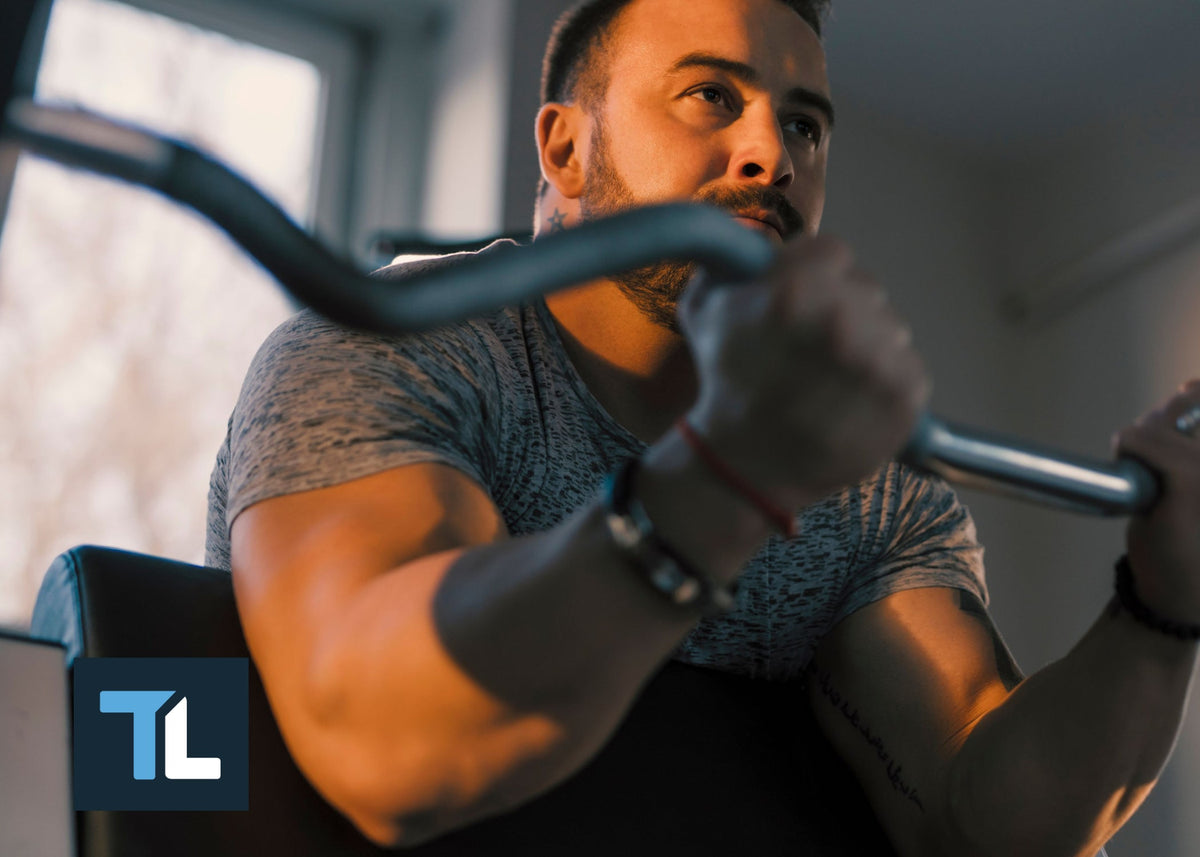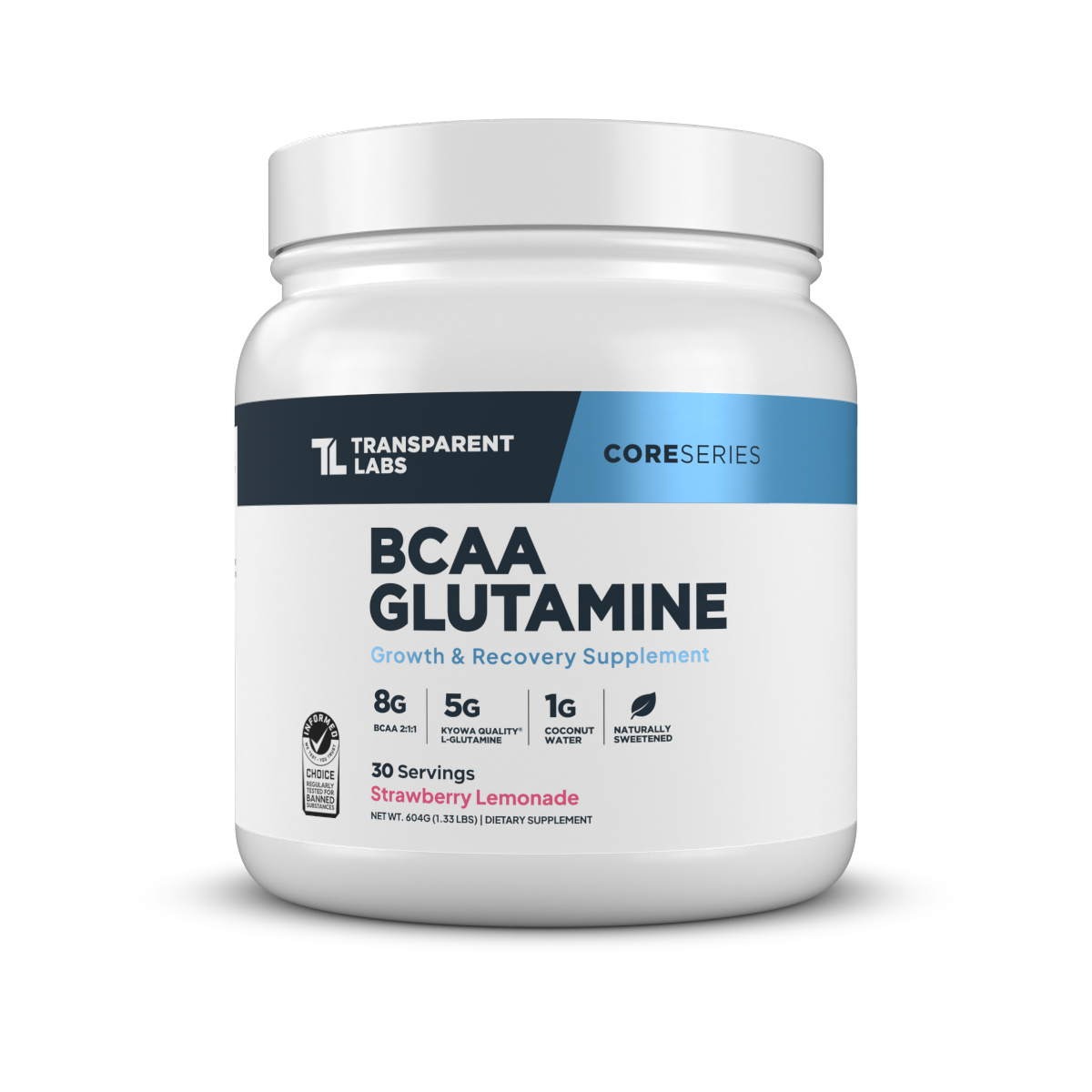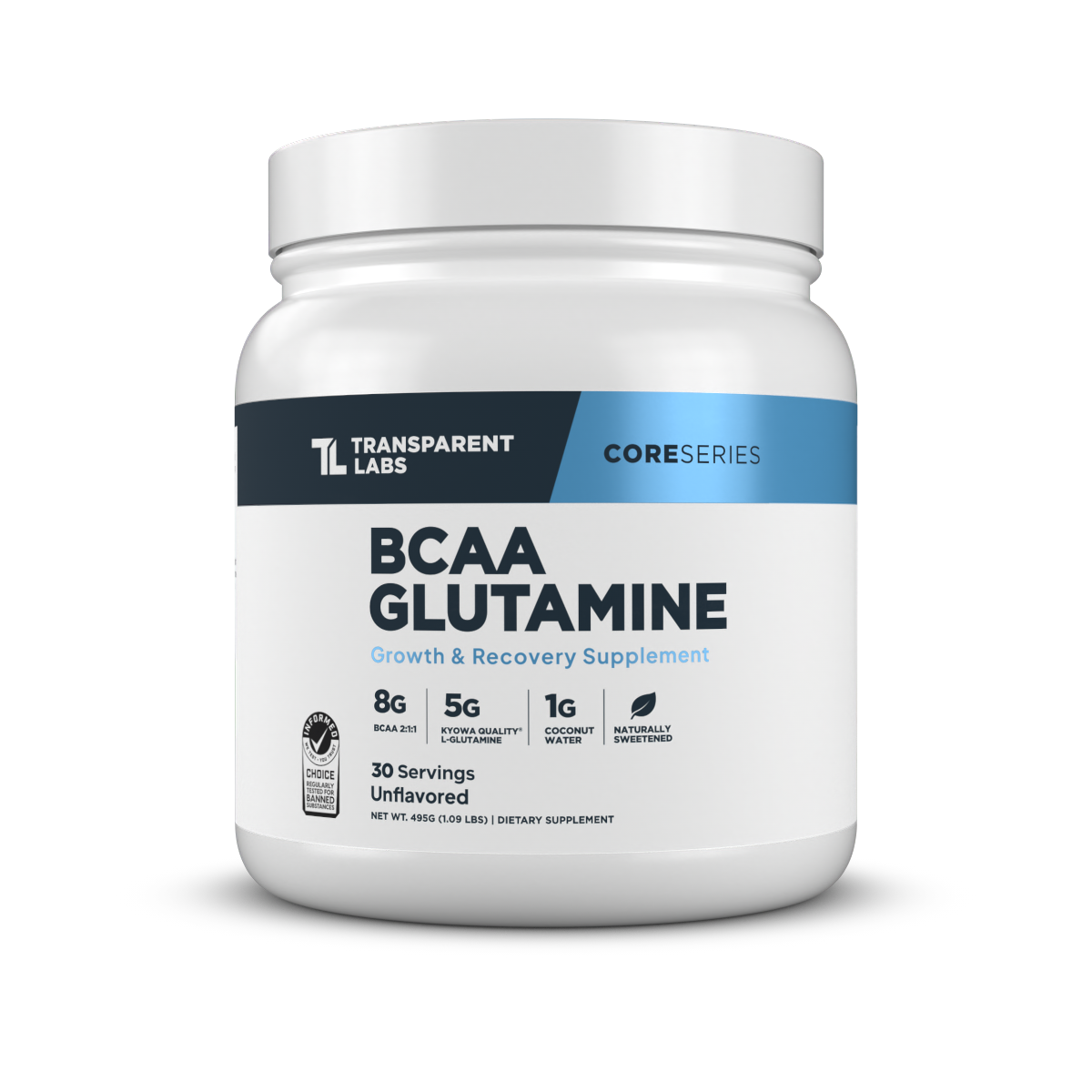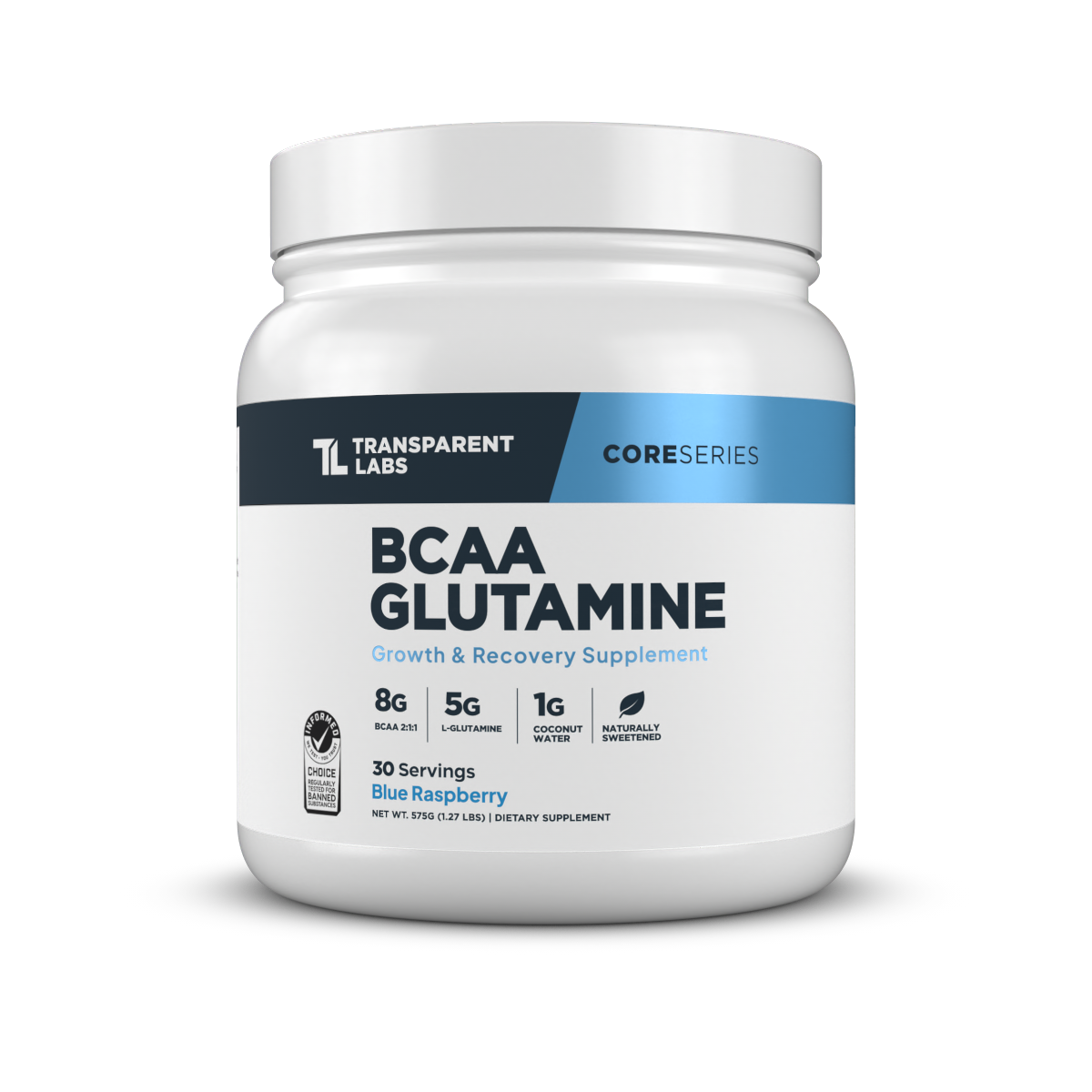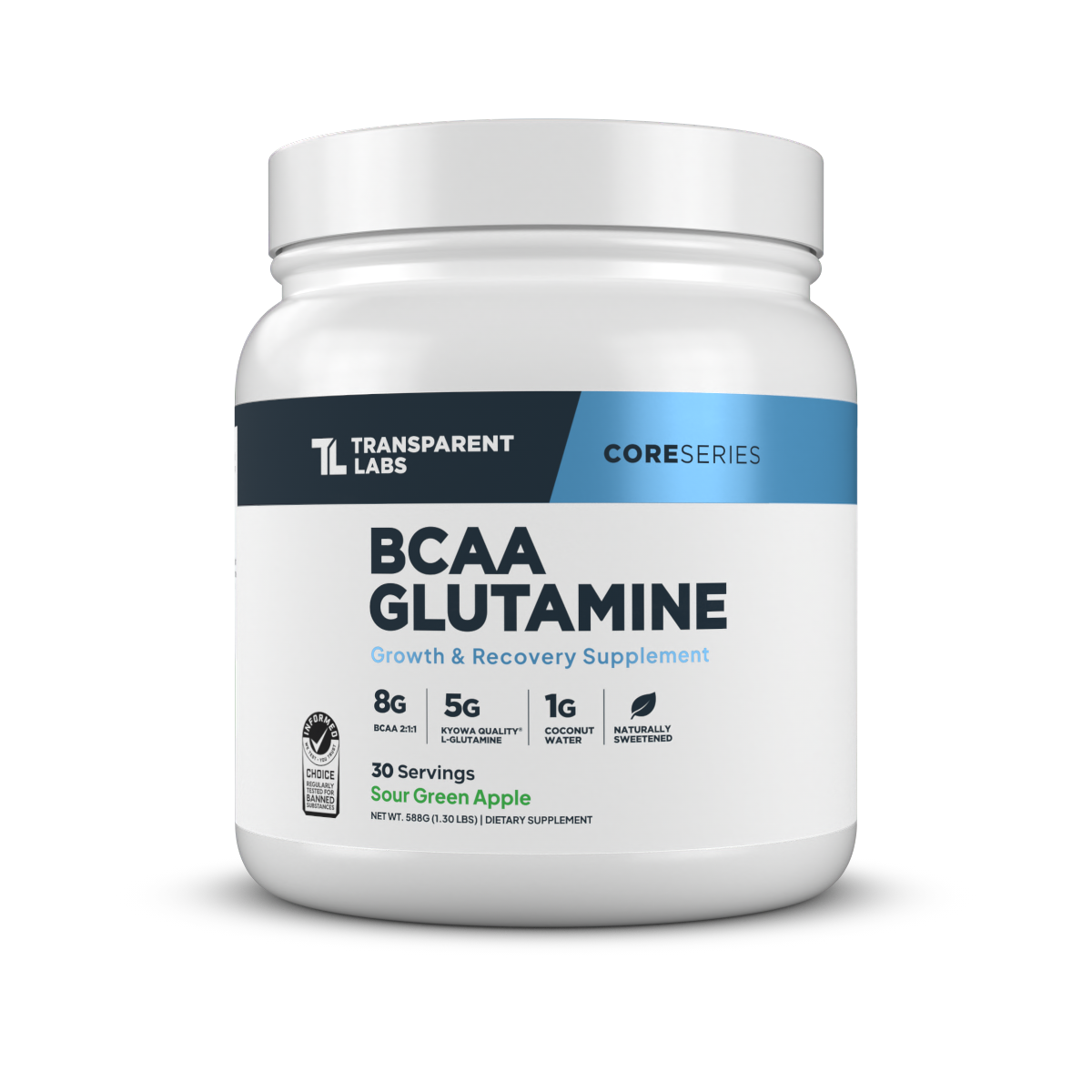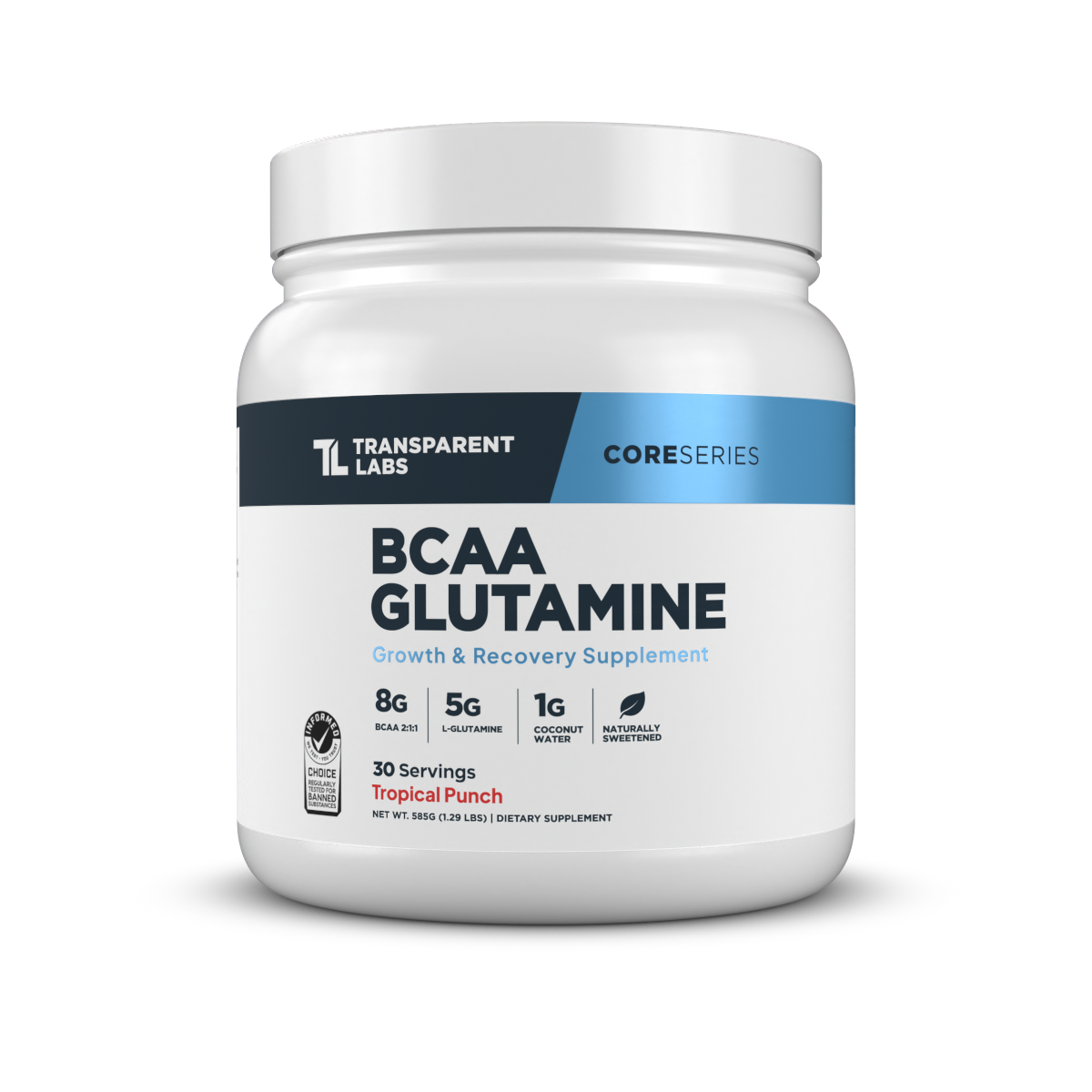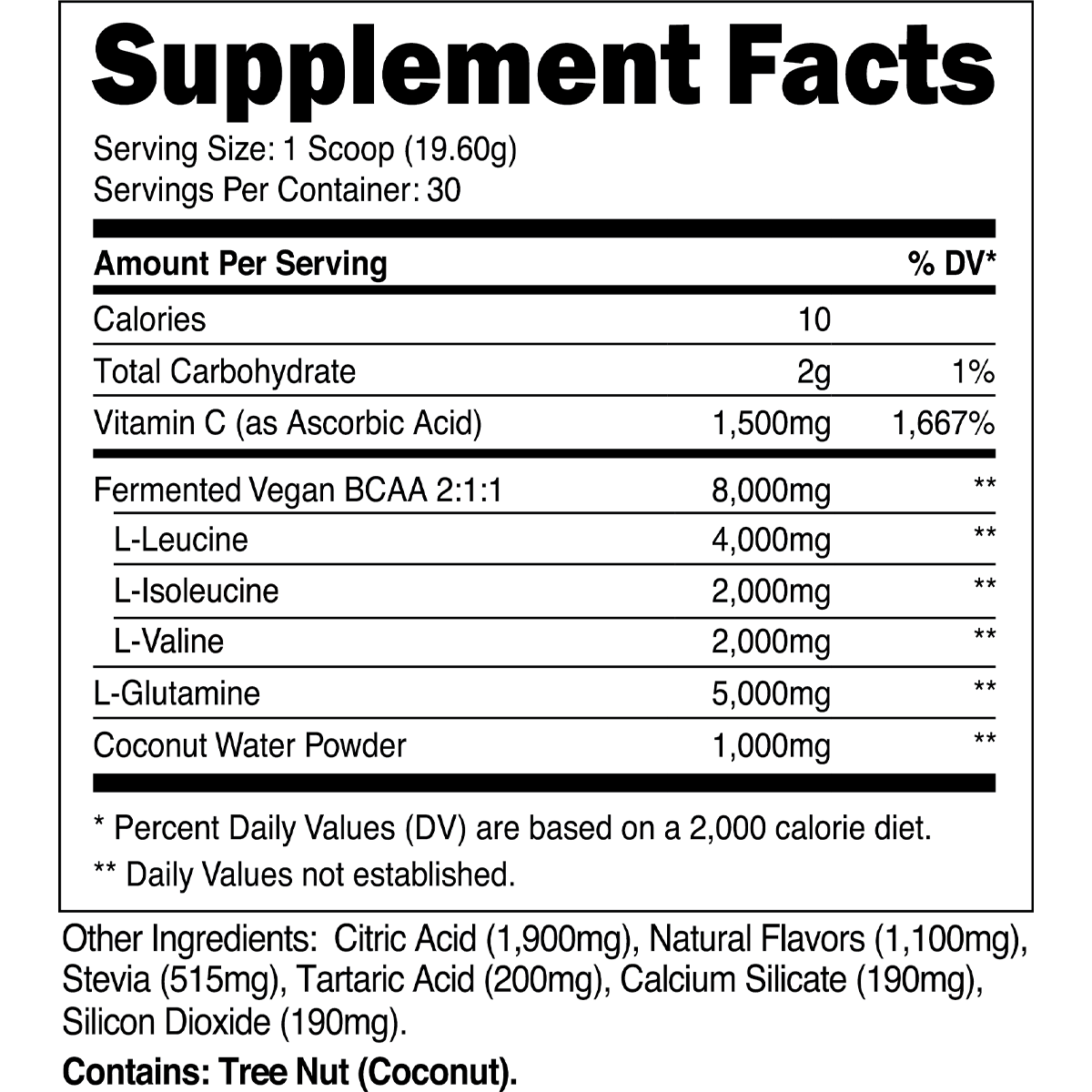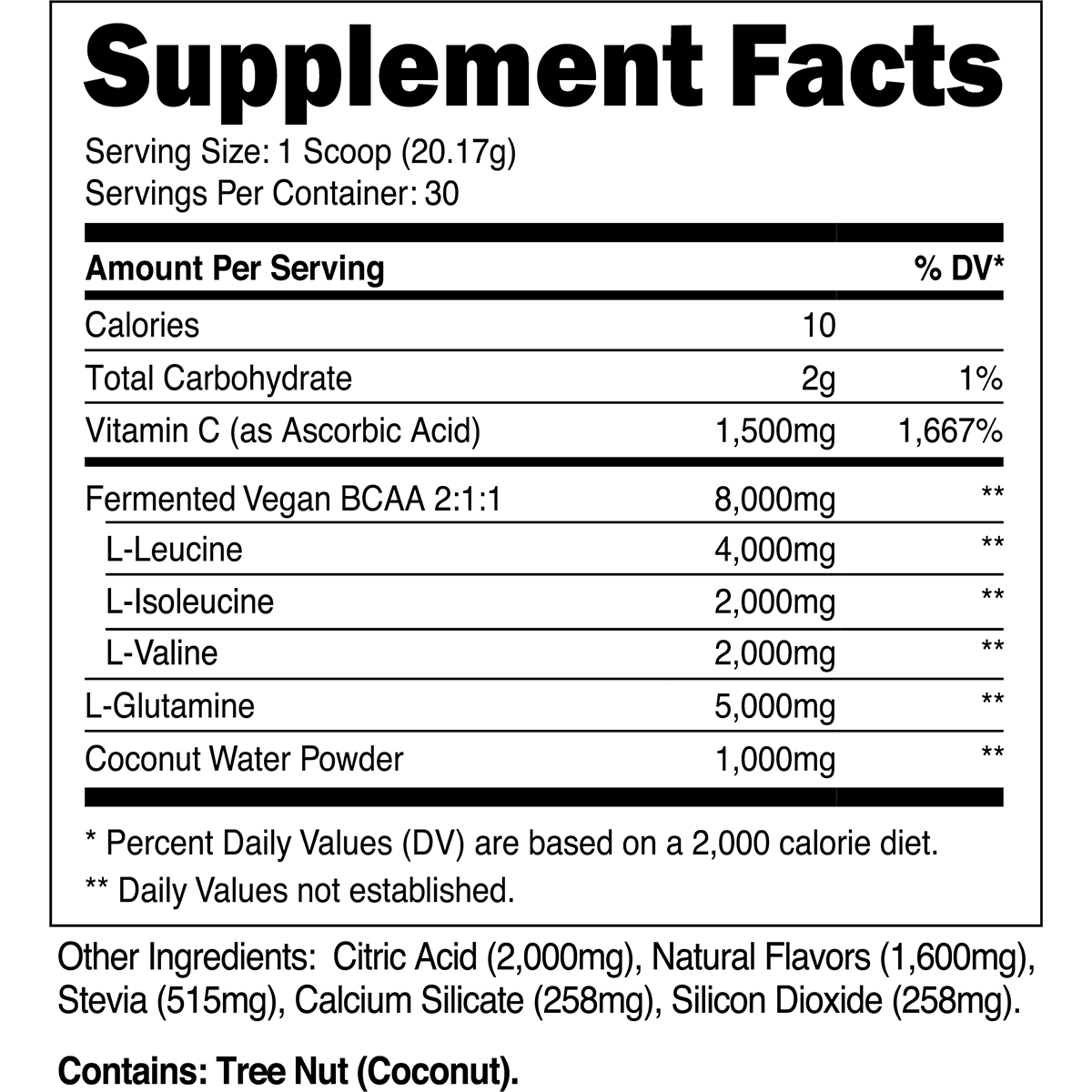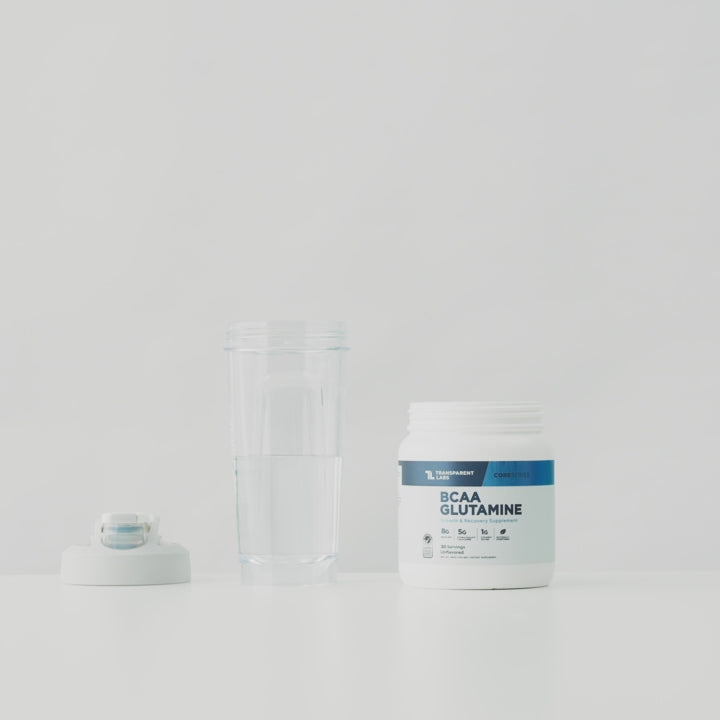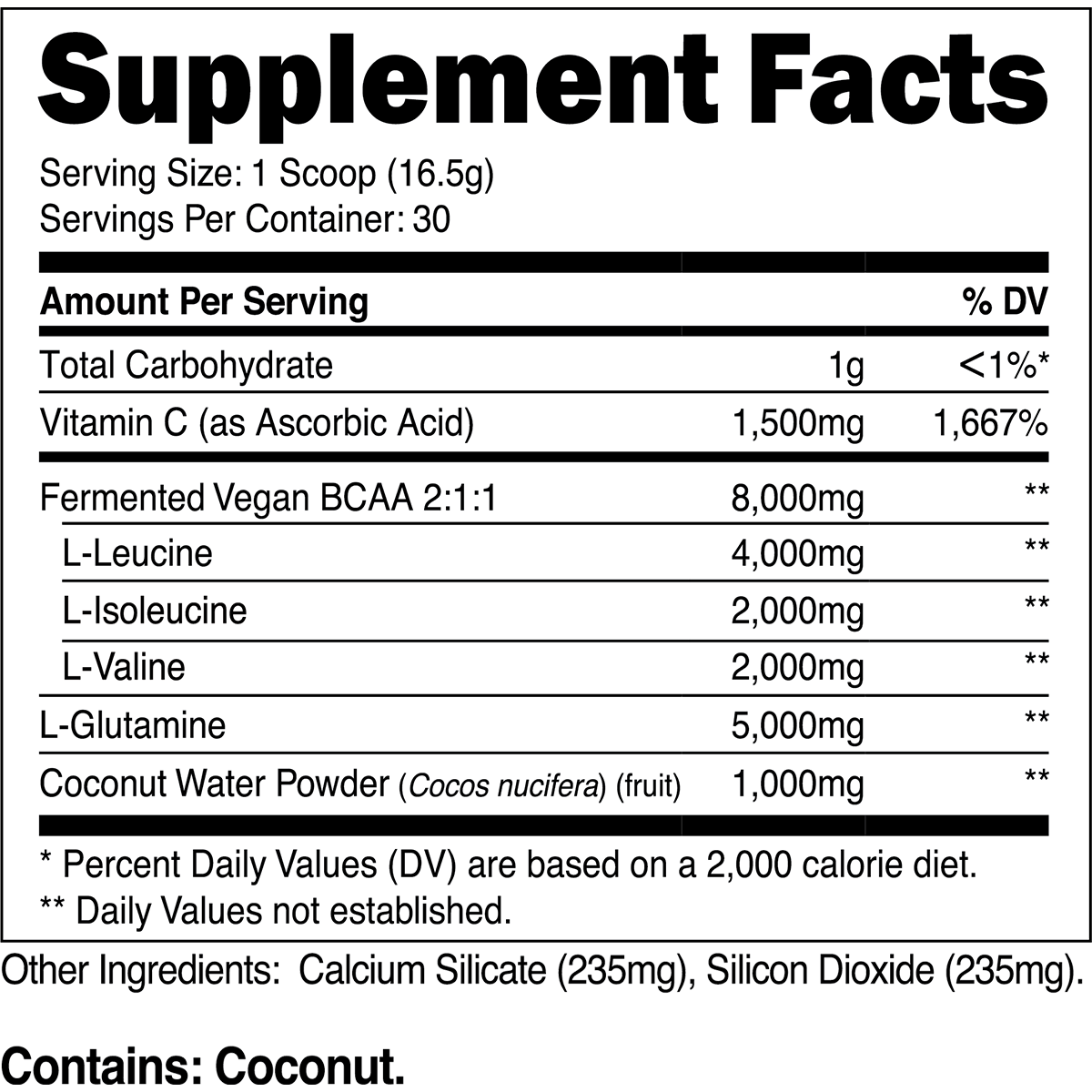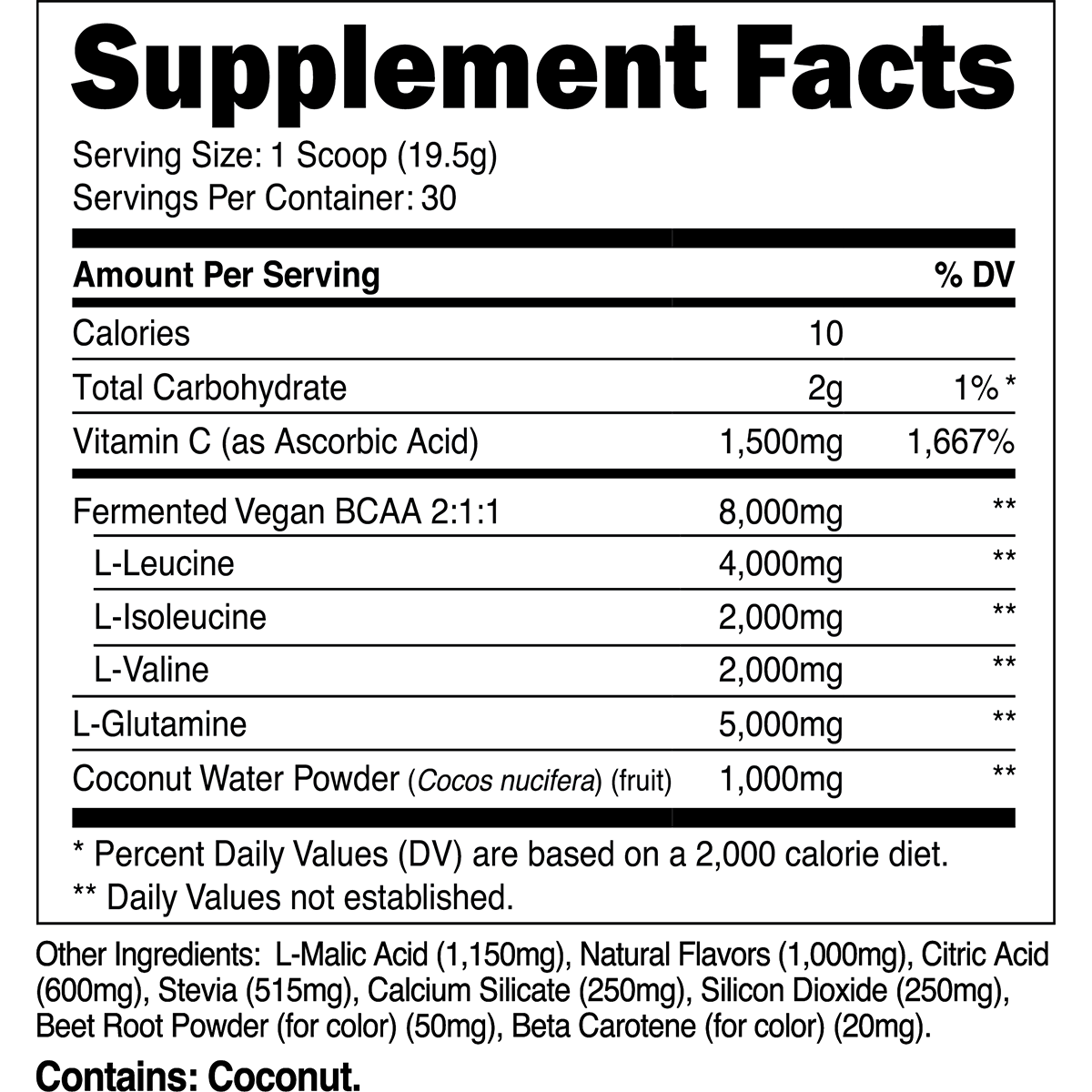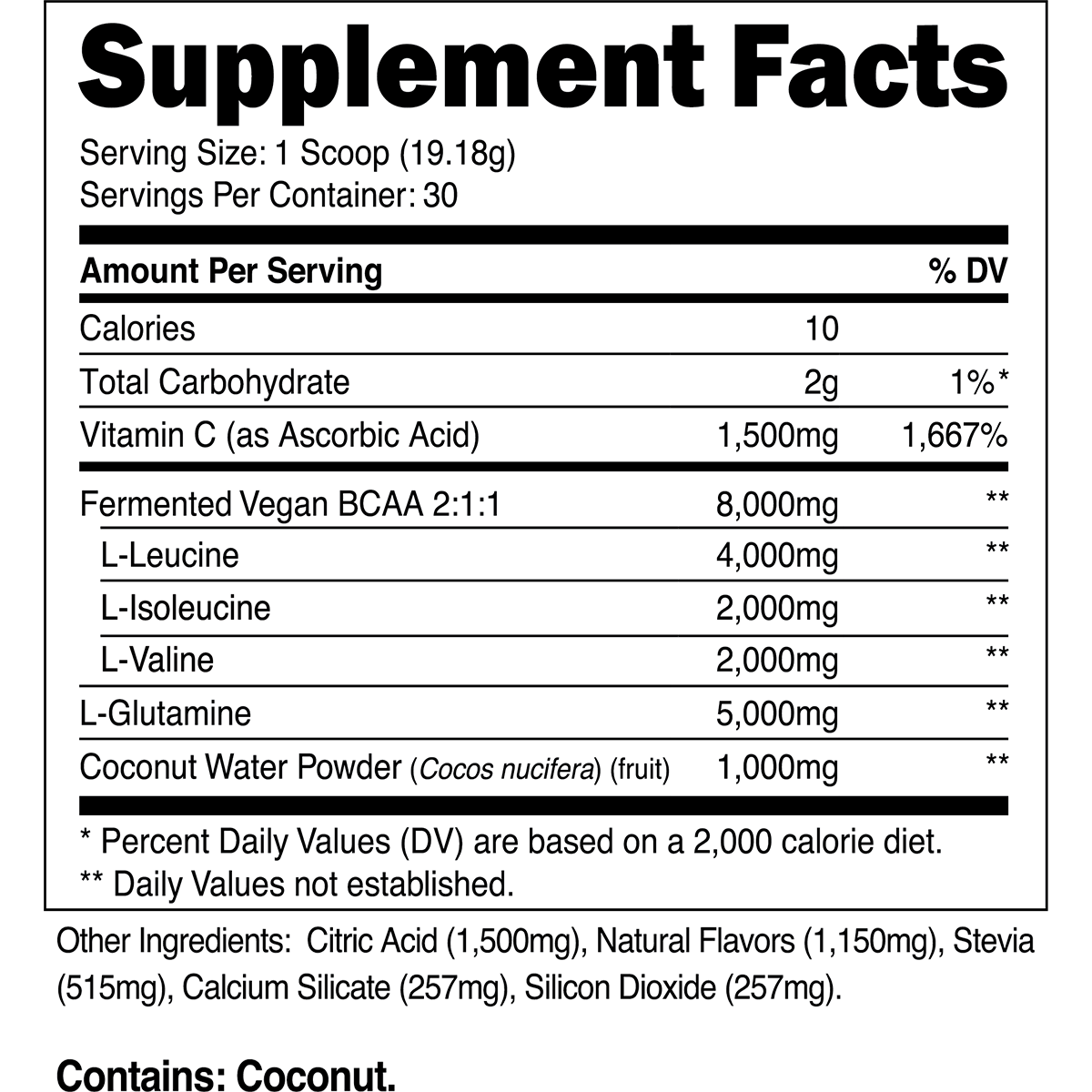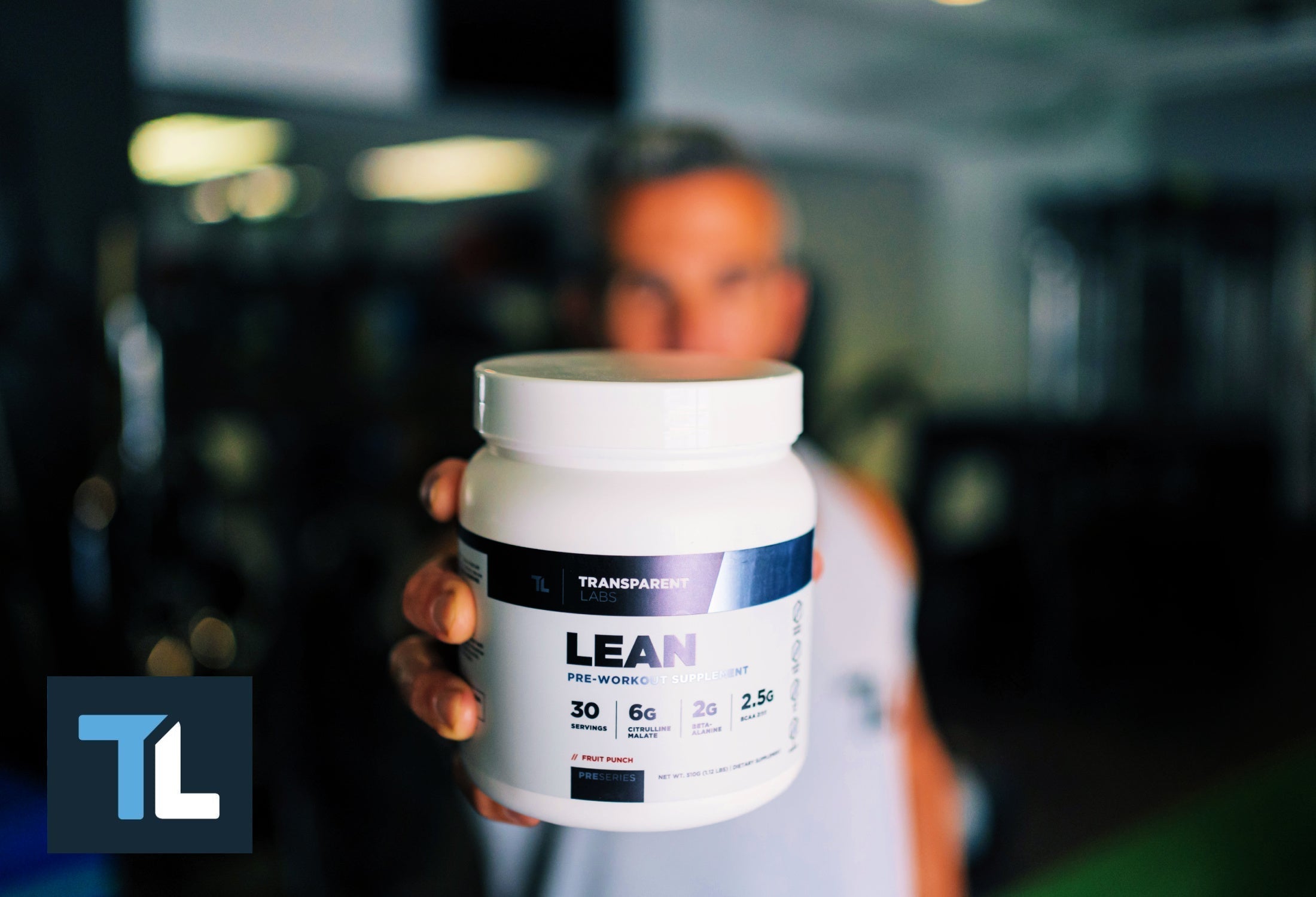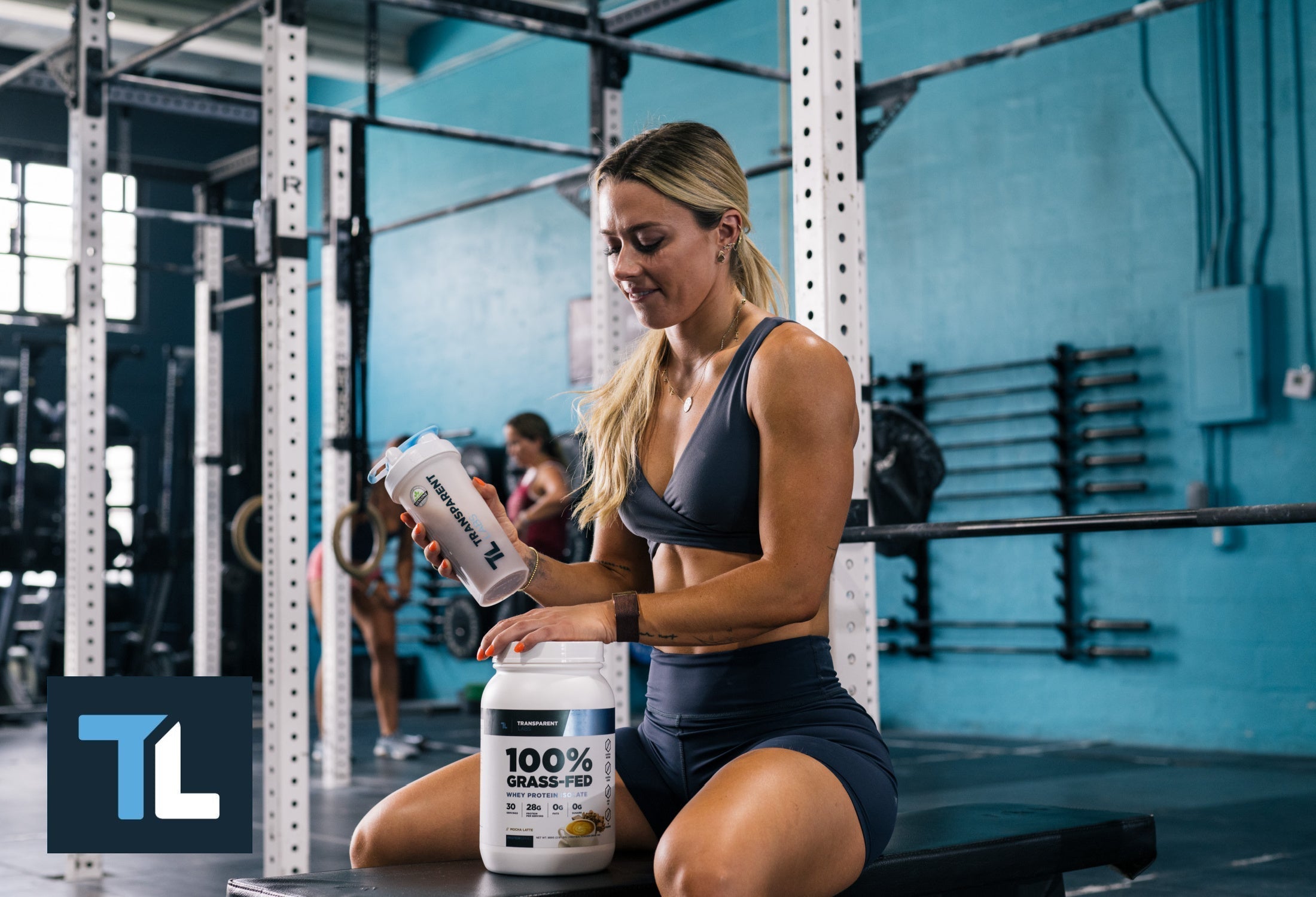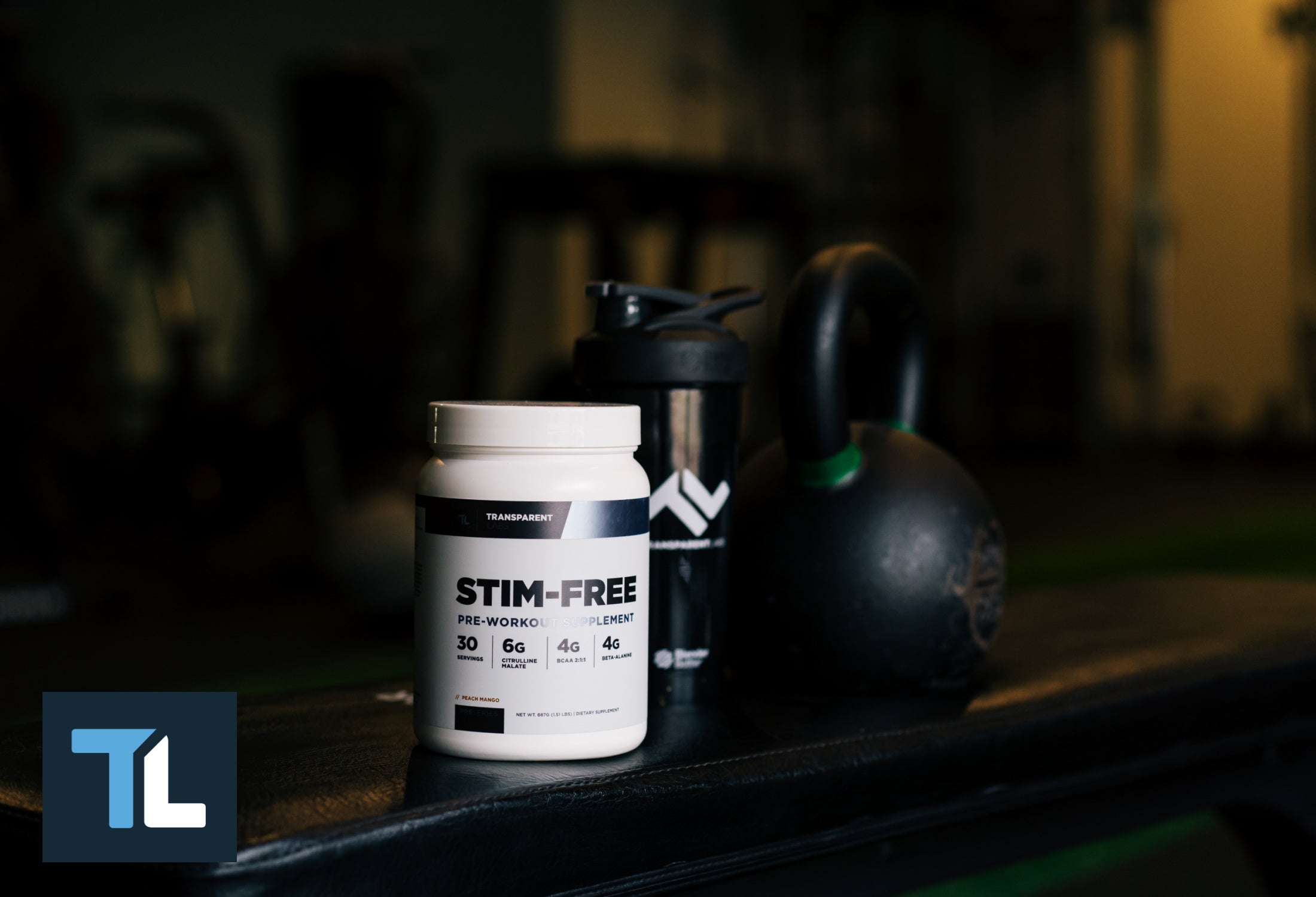Everything to Know About Preacher Curls
One of the most popular muscle groups that beginners want to improve is the biceps. If mastering a Flex Friday pose applies to you, then you need to look for the best lifts to help them grow. One that needs to be at the top of the list is the preacher curl.
Preacher curls have been a staple in the routines of many bodybuilding legends such as Arnold Schwarzenegger, Ronnie Coleman, and even the first Mr. Olympia, Larry Scott, who is credited for making the exercise so famous. Yes, the movement does have a reputation for causing bicep injuries, but when they are done correctly with proper form and reasonable weight, the risks are minimal.
Beginners should learn how to execute the preacher curl with perfect form early on so they can reap the benefits without causing the unnecessary damage, and some advanced trainees can always use a refresher course as well.
No matter what type of training experience you have in the gym, whether you're a long-time bodybuilder or a novice lifter, you can safely and effectively build muscle with preacher curls. With that said, here's all you need to know about this classic lift that can help reach new levels of size and strength in the upper arm.
What's a Preacher Curl?
The Preacher Curl, also known as the Scott Curl after the bodybuilding great, is an isolation exercise that pins the upper arm against a pad or bench while the lifter is curling weight. This weight can be a barbell, EZ-Curl bar, dumbbells, or on a cable or machine. The angle of the bench may vary, but the most popular variations include a minimal angle of 45 degrees.
Unlike the standing barbell curl, which allows the lifter to generate momentum by swinging or using body english, the preacher bicep curl restricts any momentum, forcing the biceps to do the work on their own.
The only joint that will be active is the elbow joint, making this a great exercise to pump the biceps up. Aside from both heads of the biceps brachii and brachialis, they are also going to challenge forearms because they will help the elbow do its job throughout the range of motion. Keep in mind that the shoulder joint will also be in flexion, and this will lead the long head of the bicep to be stretched. [1].
No Bench, No Problem
Now, if you don't have a preacher bench, worry not because there is more than one way to do this. You can use an adjustable bench on a high incline or even on an exercise ball. The stability ball preacher curl can be a great way to warm the biceps up or finish them off after an intense session. If none of these options are possible, you can resort to concentration curls with the upper arm braced against your inner thigh.

Benefits of the Preacher Curl
Aside from getting a great pump and feeling the flex of the biceps, the preacher curl has long lasting benefits that will help you reach your full potential.
Isolation and Maximum Contraction
Whether you are using a free weight or a preacher curl machine, this curl will only focus on the biceps and allow you to flex the muscle to the best of your ability. This means no assistance from any other muscles and every fiber will have to do its fair share. This will help you build bigger biceps that are stronger too.
Greater Eccentric Benefits
Lack of proper form is what could lead to a greater risk of injury. So, when you perform the preacher curl, you need to pay attention to the eccentric, or lowering, of the weight as well. That means taking your time and not simply letting the weight drop. When the muscle is lengthening while supporting weight, it is actually stronger than when you lift it up. That is why you may not be able to do more full reps but can achieve extra negatives.
Taking longer negatives will help you generate more power. The stored energy within the muscle fibers can help you achieve more muscle growth and strength as a result. [2, 3].
More Stability and Focus
Since the upper arm is braced, you don't have to worry about stability. It won't feel like an unnatural movement because the elbow is doing what is literally meant to do - bend and straighten. There is nothing complicated about a curl.
What Weight to Use
As we covered before, you can do several variations of a preacher curl, which can keep the movement interesting and offer more ways to improve. Below are the most popular forms of a preacher curl that you can take on for yourself.
Barbell or EZ-Curl Bar
The barbell is going to force you to keep your palms up while the EZ-Curl bar allow you to have your wrists turned up for both extra comfort and activation of the brachialis. Regardless of which option you choose, you can perform both the close grip preacher curl and the wide grip version to target the biceps in multiple ways. The single object will allow you to use more weight as well.
Machine or Cable Pulley
The machine or cable version is also a part of many exercise programs because it has a reputation for allowing the lifter to maintain tension throughout the entire range of motion. This is why some trainers and experts feel the machine version is best for muscle growth. However, research has shown that the hypertrophy benefits between the barbell and machine versions are comparable [4].
Dumbbell
The dumbbell preacher curl may be considered the most versatile of all because you can use each arm individually and perform the exercise with a twisting motion or a hammer grip. Good form with a dumbbell preacher curl will require a lower amount of weight than you may normally use for a traditional dumbbell curl or hammer curls, but it will be worth it in the end when you feel and see the results.

How to Perform Preacher Curls Effectively
The weight or object you use may vary from one exercise program to another, but there are still some standards rules of execution to make sure you are performing the preacher curl correctly. We will use a standard preacher bench example when offering guidance on proper execution.
Setup
Adjust the height of the bench pad or seat so the upper arms and chest will be in direct contact with the pad. When you are seated, your armpits should be slightly above or even on the top of the preacher pad. While sitting on the bench, keep your feet shoulder width apart and maintain a neutral spine and neck. The shoulders should be straight as well.
Once you have this position established, take the weight you choose to use in your hands and position yourself on the bench so the arms are bent and you are holding the weight with an underhand grip at the top of the movement. This will be your starting position.
Execution
While keeping your wrists in a neutral position, slowly lower the weight while straightening the arm. This will lengthen the biceps. Continue lowering the weight until your arms are almost straight, but do not lock them out. You should keep tension on the biceps at all times during this exercise. That said, do not use a shorter range of motion, either.
After a brief pause, use the strength in your biceps to curl the weight back up towards your upper body. Once you approach the top end of the movement and the weight is at shoulder-height, squeeze the biceps hard to get a good contraction. This is one rep. Repeat for the desired reps while maintaining proper form. Once you finish the set, you can either take the weight with you while moving out of the weight bench or rest it on the rack in front of you if you are using a straight bar or EZ-Curl bar.
Common Mistakes
Sometimes knowing what not to do is as important as knowing how to do things correctly, and no one grows while recovering from an injury. So, keep these don'ts in mind when doing any version of the preacher curl.
Don't Let Your Upper Body Come Forward
You might have seen a lifter allowing their upper body to round up and go over the preacher curl bench in order to gain momentum and cheat curl the weight up. This does nothing for muscle activation and if anything, can lead to a greater risk of injury.
Don't Use Super Heavy Weight
Yes, there are curling competitions, but unless you want to set a world record, there is no need to max out on a preacher curl. Go with lighter weight that you can maintain control of throughout the set. The greater the weight, the greater the chances you get hurt.
Other Preacher Curl Variations
Aside from the basic versions that we have already discussed, there are some versions of the preacher curl that are not as popular but can be very effective.
Reverse Curl
This is similar to the regular preacher curl, except you use an overhand grip. This is going to be more for the forearms than biceps training. Adding this to your workout routine can help improve grip as well as forearm development. You will feel more tension with the arms extended than when you lift the weight back up. This method can be done with free weights or cables.
Zottman Curl
It may be hard to believe that a curling movement is named after a strongman, but this one pays tribute to George Zottman, a strongman legend of the 19th century. The key to this movement is that you turn the wrists and rotate up as you curl. You go from a supinated position at the top of the range of motion to an overhand grip when the arms are fully extended.
Dumbbells are the go-to tool for this one, but there are machines that have rotating grips so you can turn throughout the full range of motion. You will feel a lot of muscles worked on this, including the forearms and the biceps. It can be a great assistance movement for strength as well, but heavier weights for low reps are not generally recommended.
Hammer Preacher Curls
Hammer curls are a great way to add thickness to the upper arm as well as target the forearms. You can also use a little more weight with the hands in a supinated positions than with a pronated grip. Obviously, dumbbells are the primary tool here, but if you have access to a triceps bar with vertical handles, that would help you train both arms at the same time.
Key Takeaways
Preacher curls are an effective exercise to build strength, power, and definition in the biceps and forearm muscles. Compared to regular bicep curl exercises, the EZ bar preacher curl creates the most natural angle of movement for the elbow to help stabilize the joint while also optimizing eccentric loading capacity.
REFERENCES
-
Effect of the shoulder position on the biceps brachii emg in different dumbbell curls. Liliam F. Oliveira,1,✉* Thiago T. Matta,1,* Daniel S. Alves,1,* Marco A.C. Garcia,1,* and Taian M.M. Vieira1,2,*
-
Maximizing Muscle Hypertrophy: A Systematic Review of Advanced Resistance Training Techniques and Methods. Michal Krzysztofik,* Michal Wilk, Grzegorz Wojdała, and Artur Gołaś
-
Skeletal Muscle Remodeling in Response to Eccentric vs. Concentric Loading: Morphological, Molecular, and Metabolic Adaptations. Martino V. Franchi,1,2,* Neil D. Reeves,3 and Marco V. Narici1
-
Placing Greater Torque at Shorter or Longer Muscle Lengths? Effects of Cable vs. Barbell Preacher Curl Training on Muscular Strength and Hypertrophy in Young Adults. João Pedro Nunes 1, Jeferson L Jacinto 2, Alex S Ribeiro 1 2, Jerry L Mayhew 3, Masatoshi Nakamura 4, Danila M G Capel 2, Leidiane R Santos 2, Leandro Santos 1, Edilson S Cyrino 1, Andreo F Aguiar 2
